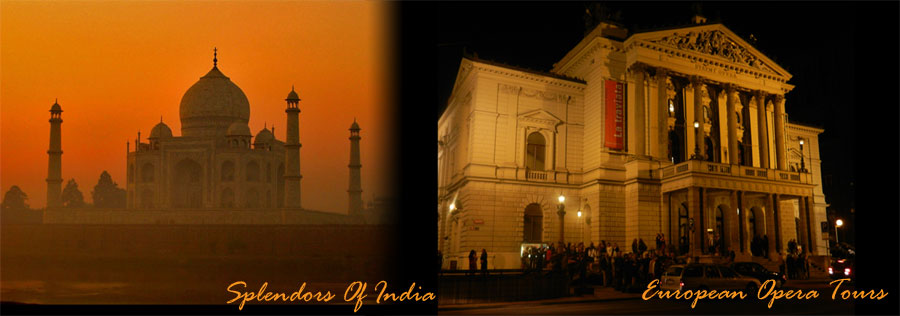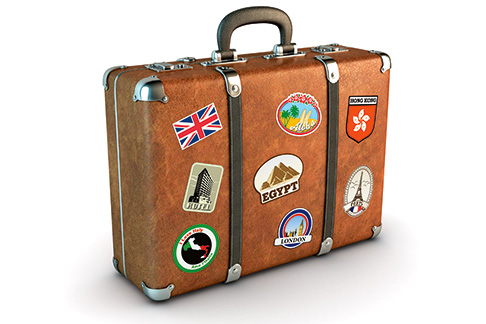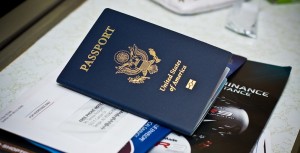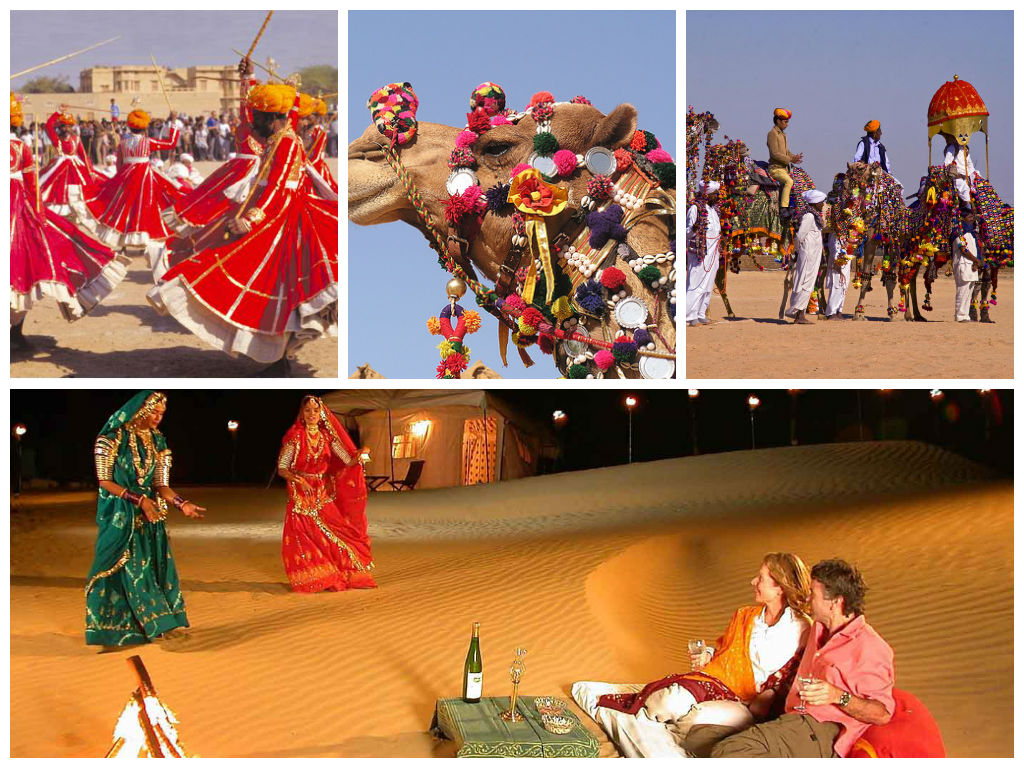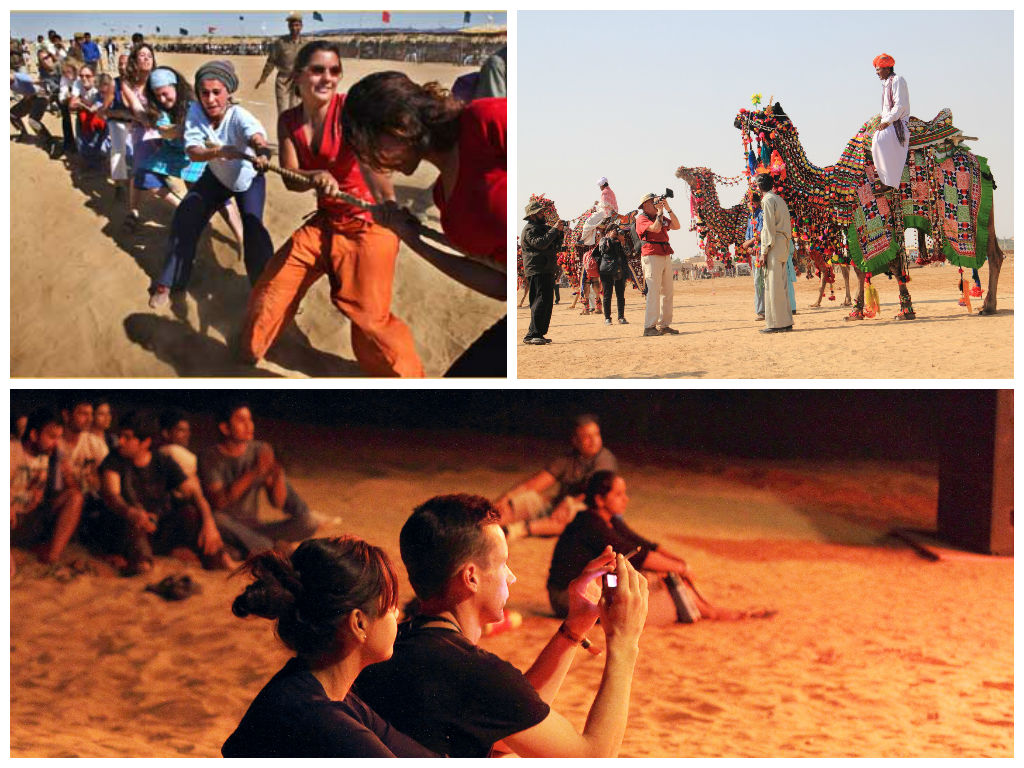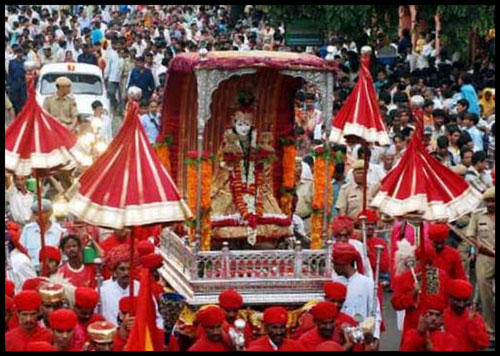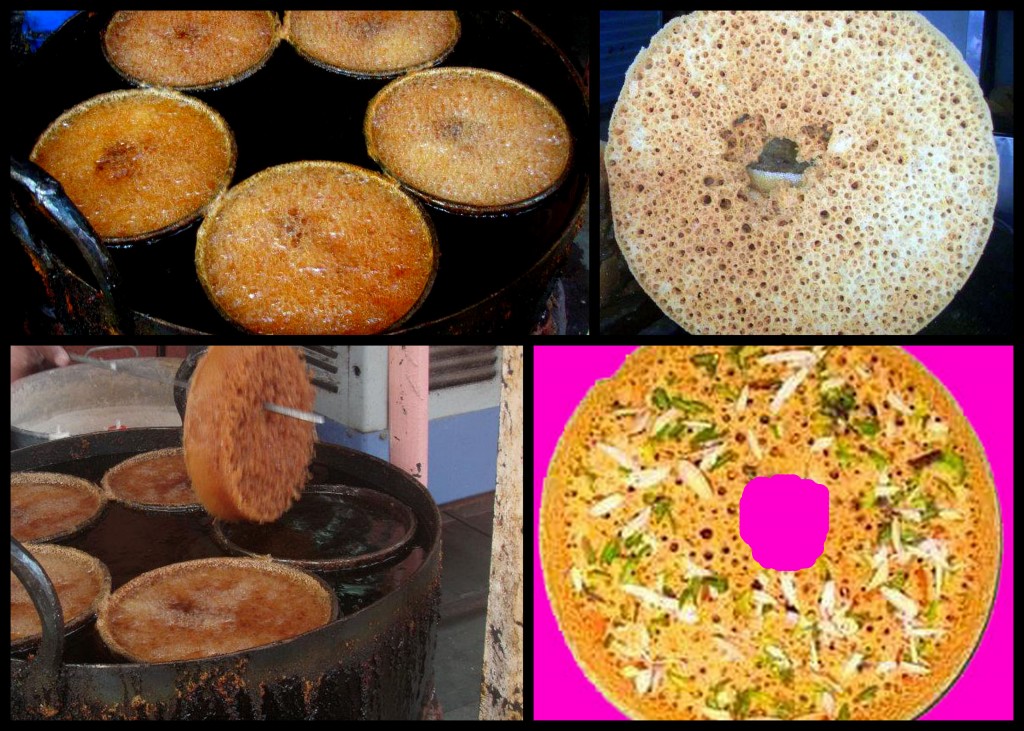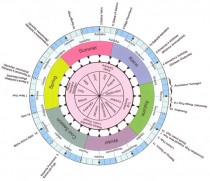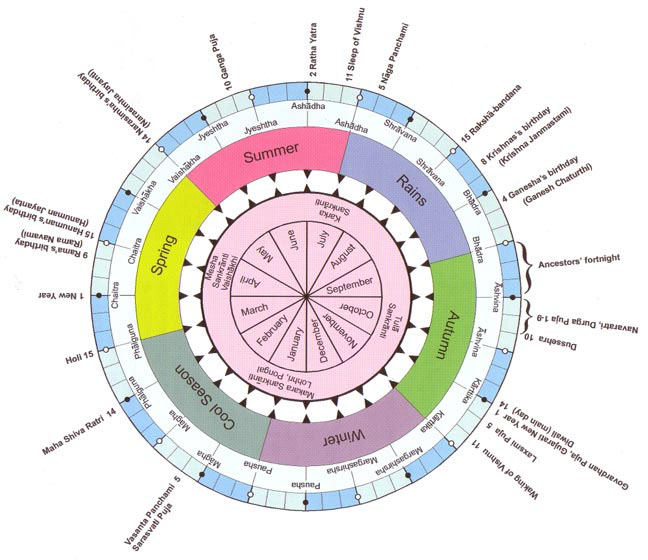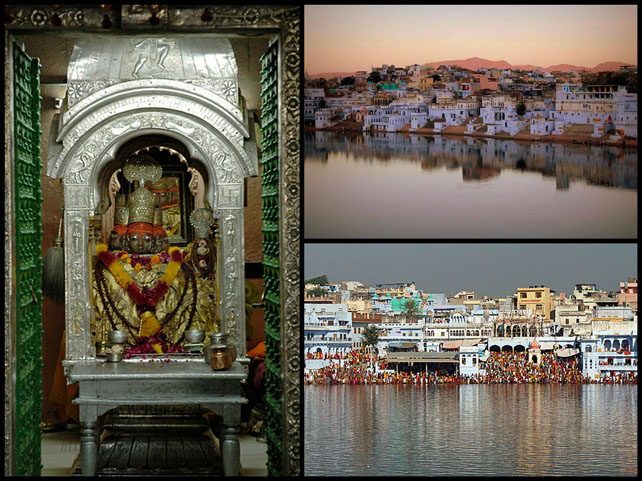
One of the most distinctive experiences you can have in Rajasthan, India, is to visit the annual Pushkar camel fair.
Pushkar is one of the oldest existing cities in India. It is situated 11kms north west of Ajmer city, in the state of Rajasthan. It’s one of the five important pilgrims for Hindus. It is a very interesting little town surrounded by hills and sand dunes. This little town used to have more than 400 temples, but many of them were destroyed by the Muslim ruler Aurangzeb in 17th century. In the center of the town there is a famous holy Pushkar lake and Brahma temple. It is the only temple of Lord Brahma in India. Brahma is known as Creator of the universe, and one of the trinity of Hinduism’s principal gods.
Every year, a big livestock fair is held in Pushkar, it is also known as Pushkar camel fair. It is an eight day fair. It starts on the eight day after the new moon night, in the Hindu calendar month of Kartik, and lasts till the full moon night. First half of the fair is related to camel trading. The second half is religious period for Hindu pilgrims, which is five days long festival. It begins on the Ekadashi, and is over on Purnima of the Kartik month. This Ekadashi is eleventh day after new moon night and Purnima is the full moon night. I have explained the Hindu calendar in detail in one of my earlier blogs, “Why Indian fairs and festivals have different dates every year”?
It is not only the religious fair but also the region’s central cattle fair. Pushkar Fair is one of the biggest camel fair in the world. During this festival around 300,000 people and 70,000 livestock; camels, horses, oxen, cows take part. Among the 70000 livestock, 50000 are camels, which are there to be traded and sold. It attracts thousands of foreign visitors from all over the world, who come to experience beautiful cultural and rural activities.
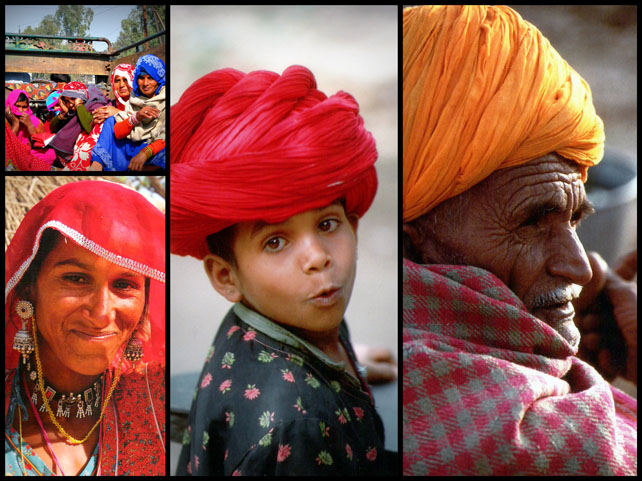
It is most dazzling picturesque view, when you see the village folk visit the fair dressed in all their best clothes. Many of them come from nearby villages in their tractors, or camel and bullock carts. Tall Men in bright colored turbans, with their tanned faces and large well kept moustaches, pierced ears with gold and silver rings. Beautiful women are wearing colorful dresses and bright colored scarves on their heads. They wear chunky silver and gold jewelry around their neck, arms, ears and feet. Not only are the people attending dressed in their best, but also their camels are decorated with silver bells, colorful knotted threads, with beautiful throws on their back. Often they shave patterns and designs into the camel’s fur to decorate them. There is entertainment for local people such as; a small fair ride, food stalls, cloths and costume jewelry stalls, and so on. It is also the time of the year when local artist and musicians can perform and show their talent. Lots of folk dancers, musicians and artists participate in many cultural programs. The entire town comes alive, with vibrant folk music and dances, magic shows, horse and camel races and various other traditional entertainment and competitions.

Pushkar fair starts with camel races in the Pushkar Mela ground. It’s a vast specially built amphitheatre on the outskirts of the town. All the contests and competitions are organized here, in the grounds. Throughout the week during the day many activities such as; camel races, camel dance, horse dance, mandana competition (making chalk paste designs on the floor), Indian bride competition, Moustache completion, and many more. In fact in some competitions, foreign visitors are encouraged to participate and enjoy. In the evening, people huddle round campfires listening to Rajasthani folk ballads and music. Different camps have their own private music and dance shows for their staying guests.
The fair reaches its final climax on the full moon night (Kartik, Purnima), when pilgrims take a dip in the holy lake. At dusk, during the beautiful Deepdaan ceremony (hundreds of clay lamps on leaf boats are lit and set afloat on the sacred Pushkar Lake).
The opportunity for photography at the Pushkar fair is tremendous. Pushkar fair can be any photographers delight. It is a one-of-a-kind camel fair, unlike any other in the world. It is a unique annual festival to experience all the vibrant colors of Rajasthan, all in one place.
Travelling Tips
Make your booking at least 3 months prior to your visit.
Ask for a program list so you can plan which activities you want to see.
Carry comfortable walking shoes, sun screen lotion, sun glasses and hat.
Afternoons are sunny but usually nights are cold so carry some warm outfits.
Make sure you have enough memory cards and batteries, for your cameras.
Hot air ballooning can be a good experience during Pushkar fair, but again you have to make reservation in advance.
Photography is not allowed on the bathing Ghats.
